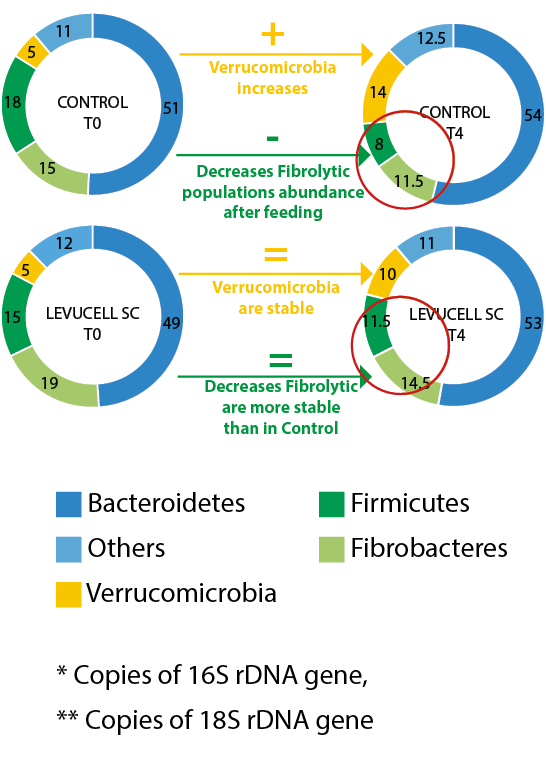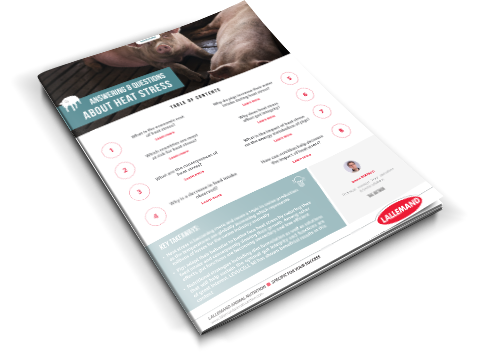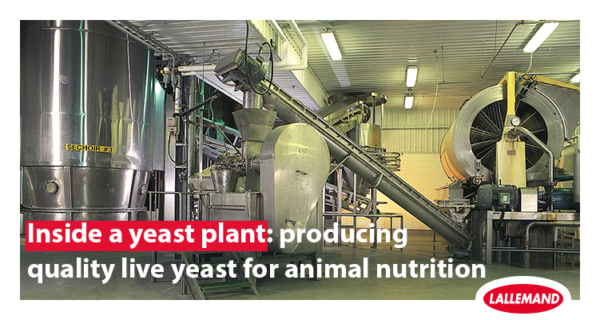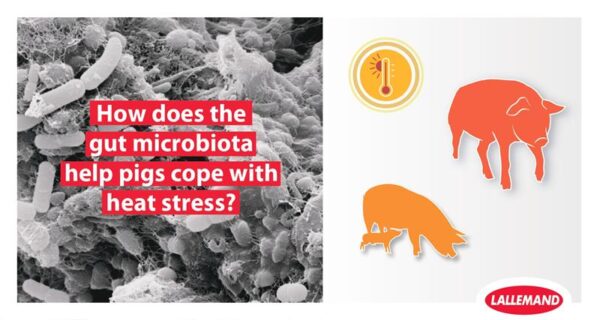Blog | Reading Time 3 minutes
Live yeast increases fiber degrading bacteria in grazing beef cattle
Ruminants rely on microbes to convert otherwise indigestible feed material, such as plant fibers, into useable sources of energy and protein. It all happens inside the rumen, a huge fermenter, which hosts a rich and diverse microbiota. Thanks to this pivotal role in dairy and beef nutrition and health, the rumen has been one of the most extensively studied gut ecosystems. Grass-based diets can challenge rumen microbiota and the rumen environment. For instance, during turn-out to grass, ruminal subacute acidosis (SARA) can negatively affect rumen microbiota. Modern sequencing-based techniques have shed some light on various aspects linked to ruminant performance and health. The Lallemand Ruminant Center of Excellence has pioneered metagenomic research into the interactions of live yeast probiotic with the rumen ecosystem. Here is one of the latest findings in this area.
Dry grazing conditions
A beef trial was conducted by the University of Queensland, Australia, in 2019 on extensive grazing bulls. The bulls received daily 300g of dry-lick supplement, either control or supplemented with live yeast Saccharomyces cerevisiae CNCM I-1077 (LEVUCELL SC). Animals were grazing ad libitum low-degradable rhode-grass hay, known as dry grazing. Rumen fluid was collected before feeding the complement (T0h) and (T4h) after. Rumen microbiota was analyzed using 16S rRNA amplicon sequencing (link to scientist corner).

Figure 1. Effect of the live yeast supplement on the rumen microbiota populations, before and after feeding.
Stabilized fibrolytic populations
The sequencing data analysis showed that, in the control group, the fibrolytic populations (Fibrobacteres, Firmicutes) decrease in relative abundances after feeding. This could be explained by the fact that every feeding (here of the dry lick) is affecting the rumen microbial ecosystem, leading to a reduction of the fibrolytic populations, which are highly sensitive.
However, bulls fed the live yeast showed a more resilient fibrolytic flora and higher abundance of these populations after feeding (Figure 1).
Consequences on rumen fermentation profiles
In addition to microbiota analysis, the investigators looked into the rumen fermentation profiles. It appeared that the bulls receiving the supplement had higher propionate production (+8%) and decreased ammonia concentration. Both parameters can result from the higher fibrolytic populations. Rumen NH3-N concentration is closely linked to cellulolytic bacteria abundance and activity, and the Fibrobacteres in particular. The increased propionate is in line with the higher abundance of Fibrobacteres bacteria (part of the VFA produced by those Fibrobacteres are propionate).
Altogether, this showed that specific live yeast modulates the rumen microbiota of beef raised under extensive pasture conditions and fed low degradable grass fiber. In particular by increasing the abundance of fibrolytic populations. This leads to increased concentration of propionate and better ammonia utilization, which, in this program was reflected on the bulls’ growth performance (ADG and feed conversion rate were improved).
Published Jun 22, 2021 | Updated May 29, 2023
Related articles
Need specific information?
Talk to an expert


